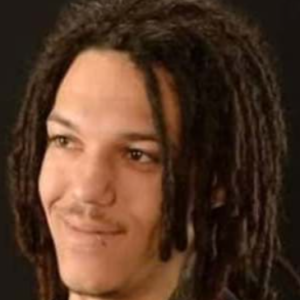 Two years ago, on May 1 2020, Said Joquin was shot dead by a police officer from Lakewood Police Department. Said was a 26 year old African American, stopped in his car for erratic driving. It was less than a month before the murder of George Floyd in Minneapolis, yet there were few mass demonstrations, no grovelling statements from city officials, and media coverage was muted.
Two years ago, on May 1 2020, Said Joquin was shot dead by a police officer from Lakewood Police Department. Said was a 26 year old African American, stopped in his car for erratic driving. It was less than a month before the murder of George Floyd in Minneapolis, yet there were few mass demonstrations, no grovelling statements from city officials, and media coverage was muted.
There was perhaps a perception that Said was responsible for his own death. He shouldn’t have been driving erratically and he shouldn’t have had a loaded Browning pistol under his seat – particularly without a concealed carry permit. However, did his behavioral lapses mean that he deserved to die?
Said Joquin, with a passenger, was driving on Steilacoom Boulevard when he ran a stop sign and brought his car to an abrupt halt in the middle of the road. There were two police cars behind him, so it was inevitable that he would be pulled over.
The police car immediately behind Said was driven by Officer Michael Wiley. After all cars had stopped, Michael Wiley approached Said’s car on the driver’s side, and he noticed a gun on the floor. Reports say that it was under the driver’s seat, with the handle protruding.
Michael Wiley pointed his gun at Said, who was still in the driver’s seat, and said to him:
So real quick, I see there’s a weapon in the (unintelligible) in the car. If you reach for anything, alright, you will be shot. Do you understand? Put your hands on your head. Do you have a permit for the weapon?
The situation seemed under control. Said apparently complied with Wiley’s instructions, and said “I don’t want to get shot”. Then it all went wrong. The Cooperative Cities Crime Response Unit’s (CRU) investigation reported that
According to Officer Wiley’s statement, Mr. Joquin suddenly lunged
down toward the gun with his hands, which he believed created a
grave risk of the officers being shot.
Note the use of the word “lunged”. It’s a highly charged word, and according to the Merriam Webster dictionary, it is about moving or reaching forward in a sudden, forceful way. Contrast this with the more neutral way Wiley described the event on a public safety form, when asked in what direction Said fired the rounds:
He didn’t, he just reached for his weapon.
That was certainly Wiley’s view of Said’s action, that he was reaching for his weapon. But do we really know what Said’s intention was, if any, when he lowered his arm?
And it doesn’t appear that Said ever reached his weapon, because Wiley shot at him four times, mortally wounding him. According to another officer’s account, there were
two gunshot wounds to left his left breast and one above his left clavicle…
and
Another gunshot wound was apparent to Joaquin’s left forearm and lower left abdomen.
Even if Said had reached the weapon, would he have posed an immediate threat to anyone? The CRU report said that the gun was a .22 caliber handgun. It did not mention that it was in a holster, and neither did the statements of the officers at the scene that I read. Yet the crime laboratory report stated:
A loaded Browning Arms Company Model Buck Mark .22 LR caliber semi-automatic pistol (SN: 655NM29208) in a holster was underneath the front driver seat.
The question of whether the gun was in a holster is important, because if it was, it would have added an extra layer of difficulty to its effective employment,
Regardless of whether the gun was holstered, Said’s lowering of his arm almost certainly did not present sufficient cause for Michael Wiley to open fire. After all, Wiley is a trained professional, who appears to have been in complete control of the situation.
There therefore seems to be grounds for criminal charges to be laid against Michael Wiley. Yet in March 2022 Mary Robnett, the Pierce County Prosecuting Attorney, announced that he would not be facing charges, and that “[his] response was consistent with the applicable good faith standard”.
Good faith is covered by Washington State law, in RCW 9A.16.040(4):
A peace officer shall not be held criminally liable for using deadly force in good faith, where “good faith” is an objective standard which shall consider all the facts, circumstances, and information known to the officer at the time to determine whether a similarly situated reasonable officer would have believed that the use of deadly force was necessary to prevent death or serious physical harm to the officer or another individual.
Michael Wiley may not have known that the gun was in a holster, but deadly force, at that moment, appears unnecessary. Said’s hand was not touching his gun, and surely a trained police officer, in control of the situation, should not have pulled the trigger at that particular moment?
Of course it may be argued that a criminal case would have never got very far, because of the high burden of proof. In a civil case it may be a different story, and one can look further afield for evidence of negligence and mismanagement.
In 2013 Michael Wiley was part of a police operaton that led to the killing of Leonard Thomas. The killing was widely reported, not least because an unarmed Thomas was shot by police while holding a child. A jury awarded Thomas’ family $1.5 million dollars against Michael Wiley (and larger sums against two other officers), yet his employer, the City of Lakewood, was unhappy with the verdict. Not only did the City indemnify Michael Wiley, but it kept him on the payroll. This is shocking, not least because Michael Wiley responded to Thomas’ shooting by calling it a “frickin’ million dollar shot”.
One might expect a jury in a civil case to accept that Said’s behavioral lapses were not sufficient cause for Michael Wiley to shoot him. It could be further argued that the City of Lakewood was fundamentally negligient in having a police officer on its payroll who had cost them (or their insurer) $1.5 million. After all ordinary working people, many of whom don’t earn the six-figure salary of a police officer, would be fired on the spot if their actions had cost their employer over a million dollars.
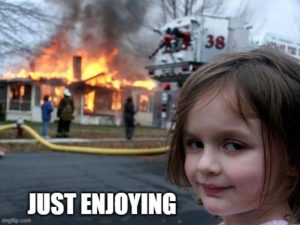 It’s a cold, miserable June in Lakewood this year – unless you’re mayor Jason Whalen, who has jetted off to Hawaii, presumably to celebrate his 35th wedding anniversary. His Facebook page has a picture of him and his wife in a bar or restaurant, wearing sunglasses, with the comment “Just enjoying”.
It’s a cold, miserable June in Lakewood this year – unless you’re mayor Jason Whalen, who has jetted off to Hawaii, presumably to celebrate his 35th wedding anniversary. His Facebook page has a picture of him and his wife in a bar or restaurant, wearing sunglasses, with the comment “Just enjoying”.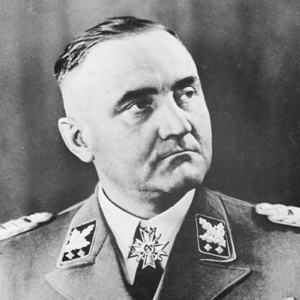

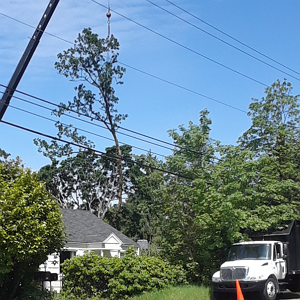 August 20, 2001. Lakewood had been a City for five years, and its mayor was Bill Harrison, its deputy mayor Claudia Thomas. Another member of the city council was Doug Richardson, who would himself become mayor.
August 20, 2001. Lakewood had been a City for five years, and its mayor was Bill Harrison, its deputy mayor Claudia Thomas. Another member of the city council was Doug Richardson, who would himself become mayor. The permits for the speculative warehouse project on 123rd Street in Springbrook were issued today – almost nine acres of warehouses and parking lots will be built.
The permits for the speculative warehouse project on 123rd Street in Springbrook were issued today – almost nine acres of warehouses and parking lots will be built.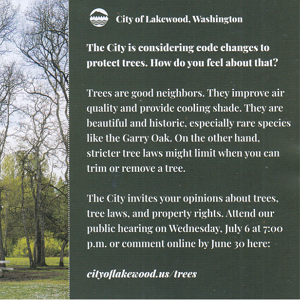 Today we got a postcard from the City of Lakewood, telling us about possible changes to the tree code. If the recommendations of the recent Ad Hoc Tree Committee come into force, it will become more difficult to cut down trees on your property – particularly if the trees are Garry oaks.
Today we got a postcard from the City of Lakewood, telling us about possible changes to the tree code. If the recommendations of the recent Ad Hoc Tree Committee come into force, it will become more difficult to cut down trees on your property – particularly if the trees are Garry oaks.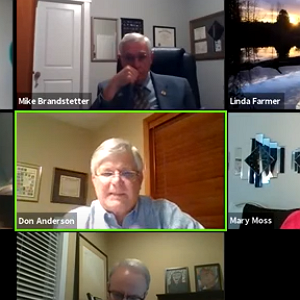 Lakewood council members are chosen by the electorate, right?
Lakewood council members are chosen by the electorate, right? Linda Farmer, Democrat and Lakewood council member, has
Linda Farmer, Democrat and Lakewood council member, has 
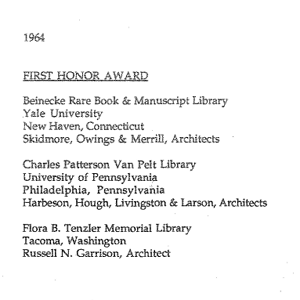 Russell Garrison is buried in New Tacoma Cemetery, in the Veterans Honor Garden. During World War Two he graduated from Lincoln High School in Tacoma, and joined the 11th Airborne, as a paratrooper. The unit fought the Japanese in the Philippines, seeing action in Leyte and Luzon. That’s quite something, for a family to send their only son, just out of high school, into a major conflict zone.
Russell Garrison is buried in New Tacoma Cemetery, in the Veterans Honor Garden. During World War Two he graduated from Lincoln High School in Tacoma, and joined the 11th Airborne, as a paratrooper. The unit fought the Japanese in the Philippines, seeing action in Leyte and Luzon. That’s quite something, for a family to send their only son, just out of high school, into a major conflict zone. Two years ago, on May 1 2020, Said Joquin was shot dead by a police officer from Lakewood Police Department. Said was a 26 year old African American, stopped in his car for erratic driving. It was less than a month before the murder of George Floyd in Minneapolis, yet there were few mass demonstrations, no grovelling statements from city officials, and media coverage was muted.
Two years ago, on May 1 2020, Said Joquin was shot dead by a police officer from Lakewood Police Department. Said was a 26 year old African American, stopped in his car for erratic driving. It was less than a month before the murder of George Floyd in Minneapolis, yet there were few mass demonstrations, no grovelling statements from city officials, and media coverage was muted.